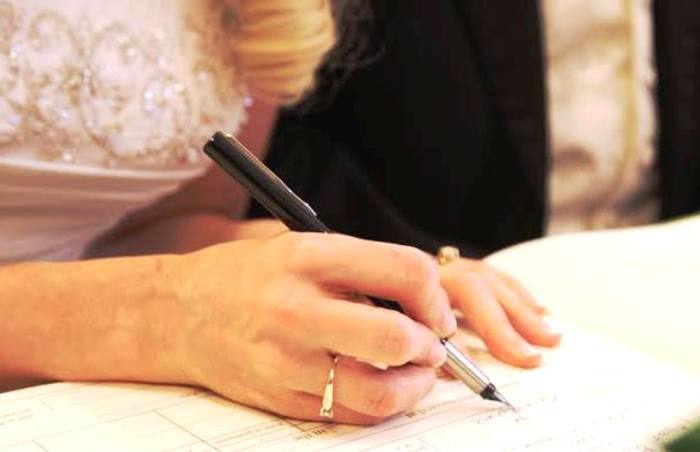
What clients need to know about the Government’s new inheritance tax residence nil-rate band.
On 6 April 2017 the new inheritance tax (IHT) residence nil-rate band (RNRB) will be introduced, which could result in many families needing to revisit their estate plans.
Currently, everybody in the UK has a personal nil-rate band (NRB) of £325,000 unless they have already used some of it up during their lifetime, for example by making gifts, or they have inherited additional NRB from a spouse or civil partner who died previously.
This means that a surviving partner may have an NRB of up to £650,000 (it is possible to exceed this but that is beyond the scope of this article).
Any assets above an individual’s NRB are liable to IHT, usually at a rate of 40 per cent, unless those assets are left to a spouse, civil partner or UK registered charity.
For example, a couple with an estate of £1m leave all of their assets to their children on the death of the surviving spouse. The first £650,000 is exempt but IHT is due on the remaining £350,000. For example, they will pay IHT of £140,000.
The residence nil-rate band
The new residence nil-rate band (RNRB) provides an additional allowance in cases where the surviving partner dies on or after 6th April 2017 and passes their interest in a residential property to one or more direct descendants.
The first of the couple to die does not have to die after 6th April 2017 and, in fact, does not even have to own, or partly own, a residential property.
The maximum RNRB granted to a couple will be the lower of the value of the house or two times the RNRB.
The RNRB will be phased in over a number of tax years; the chart below shows how this would work in practice.

The RNRB is then due to increase in line with CPI inflation in subsequent years.
How this works in practice
This is best illustrated using an example. Let us take a couple called Diane and Geoff (who have full use of RNRB).
Diane and Geoff own a home worth £350,000 and have other assets worth £650,000. Geoff dies in late 2020, leaving his share of assets, including the property, to Diane.
Because bequests between spouses are IHT-exempt, his full standard NRB of £325,000 and full RNRB of £175,000 are available for transfer to Diane’s estate, as below.
Diane herself dies a few months later, leaving the property to the couple’s children. Because the home is worth the same as Geoff and Diane’s combined RNRB, it is applied in full, giving a combined nil rate band of £1m – so no IHT is payable.

Let us take another couple, this time, called Jean and Frank (who have only partial use of RNRB).
Jean and Frank’s circumstances are virtually identical to those of Diane and Geoff – except that their house is only worth £200,000 and they have an extra £150,000 in savings – so their joint estate also totals £1m, but with £800,000 in non-property assets.





